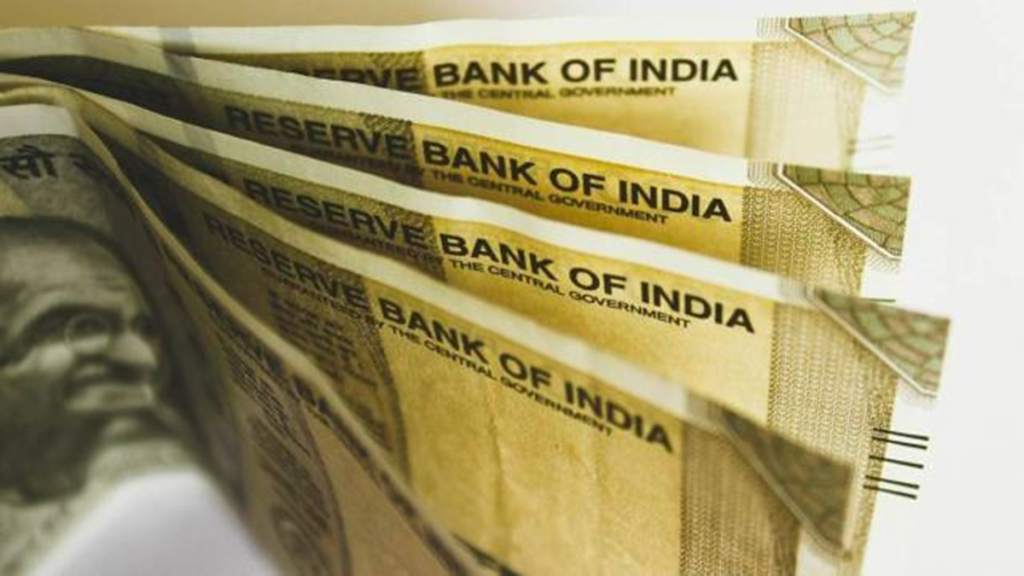Ministries either oppose the move or sit tight.
The Union government’s policy, announced in Budget FY22, to either privatise or close down 176 central public sector undertakings (CPSEs) in “non-strategic sectors, is at an impasse, owing to resistance from within the government and an apparent lack of conviction from the top brass. Official sources don’t expect the situation to change before the general elections in May 2024.
Of the 60-odd companies identified for disinvestment in these sectors in the initial batches, there has hardly been any progress except the steel sector. Some ministries, including the ministry of chemicals & fertilisers, have opposed privatisation of CPSEs under their ambit. Others have exhibited a lack of interest in the plan by not taking any administrative initiative even though many companies under their supervision are obvious drags on the exchequer.
On their part, the Department of Public Enterprises (DPE) and Niti Aayog identified 176 CPSEs in the non-strategic sectors and have recommended that over 60% of them be wound up, while the rest, considered “viable units,” be privatised. The DPE and the think tank also proposed that a handful of so-called Section 8 companies (not-for-profit) be retained in the public sector.
“The fertiliser ministry has opposed privatisation of CPSEs under it while many others are not following the processes before units are to be taken up for privatisation or closure,” a government source aware of the matter told FE.
All the nine CPSEs under the fertiliser ministry, including Madras Fertilizers and National Fertilizers were recommended for privatisation. Given the massive fertiliser imports by the country, the government has been trying to scale up domestic manufacturing in recent years and these companies could be attractive to the private sector, given the captive market for the products.
Privatisation of these companies would have given a boost to the government’s capex in other areas , where private investments are unlikely, like in certain infrastructure sectors, and areas like healthcare, education and skilling.
“Before closure proposals are put up before Cabinet, several preparatory steps have to be taken including disposing of land, clearance of statutory dues and auditing of accounts to ascertain losses and liabilities,” the source said.
Despite several inter-ministerial consultations, CPSEs in several ministries are yet to undertake an annual audit of their accounts.
Similarly, the National Land Monetization Corporation (NLMC), which was to take up non-core assets like the land of CPSEs, is yet to have a functional set-up and a CEO even a year after the Cabinet approval.
As far as the progress in privatisation of non-strategic units is concerned, Odisha-based NINL steel plant, jointly owned by four central PSUs and two Odisha government PSUs, was privatised for Rs 12,100 crore in January 2022 in favour of Tata Group.
Strategic disinvestment of NMDC Steel, which may fetch the government around Rs 11,000 crore for its 50.79% stake sale, is expected to be completed in the first half of the current fiscal.
The Budget for FY22 unveiled the strategic sector policy which entails that the government has a minimum presence in the four broad sectors while the remaining ones can be privatised, merged or closed. These sectors are atomic energy, space and defence; transport and telecommunications; power, petroleum, coal and other minerals; banking, insurance and financial services. In the non-strategic sector, all CPSEs will be privatised or closed in case of privatisation is not possible.
Given the government’s preoccupation with upcoming state and general elections, officials reckon the privatisation and closure process will accelerate after 2024.

Source:financialexpress.com


